The Year Of The Wood Dragon: A Comprehensive Guide To Chinese New Year 2025
The Year of the Wood Dragon: A Comprehensive Guide to Chinese New Year 2025
Related Articles: The Year of the Wood Dragon: A Comprehensive Guide to Chinese New Year 2025
Introduction
In this auspicious occasion, we are delighted to delve into the intriguing topic related to The Year of the Wood Dragon: A Comprehensive Guide to Chinese New Year 2025. Let’s weave interesting information and offer fresh perspectives to the readers.
Table of Content
The Year of the Wood Dragon: A Comprehensive Guide to Chinese New Year 2025
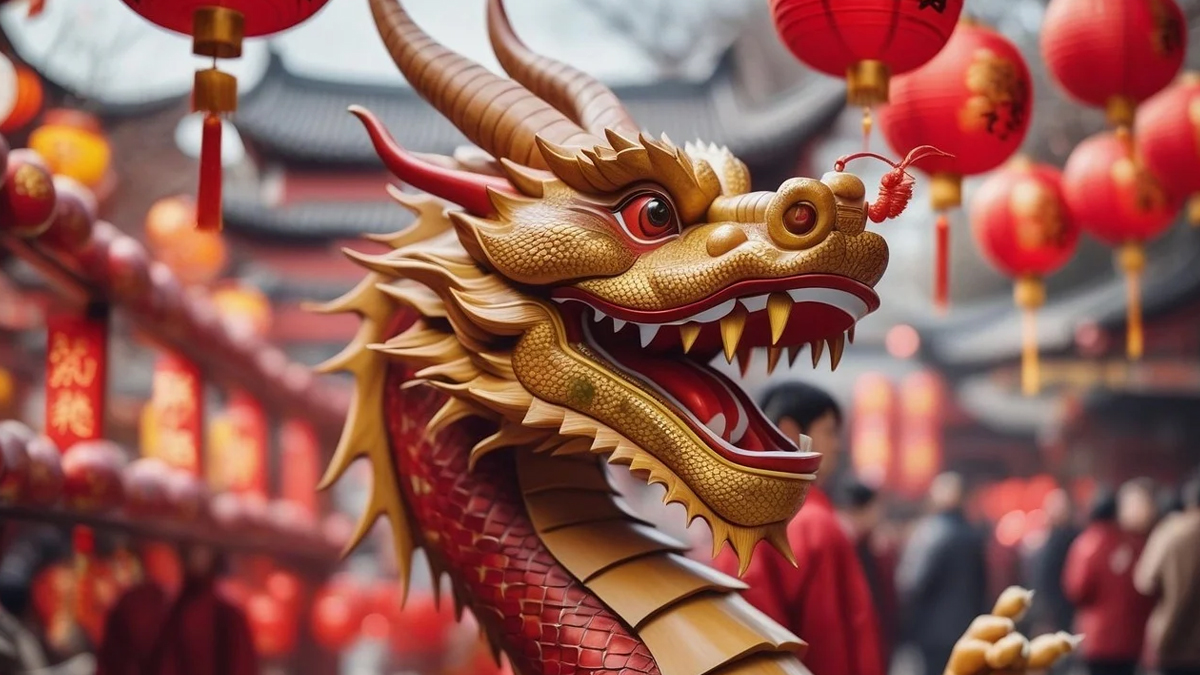
The Chinese New Year, also known as the Lunar New Year or Spring Festival, is a significant cultural and celebratory event for millions across the globe. In 2025, the festivities will usher in the Year of the Wood Dragon, a period anticipated to be characterized by strength, ambition, and a renewed sense of vitality. This article provides a comprehensive overview of this momentous occasion, exploring its historical significance, cultural traditions, and practical information for those planning to celebrate or simply learn more about this fascinating cultural phenomenon.
Historical Roots and Significance:
The Chinese New Year is a celebration steeped in ancient tradition, dating back thousands of years. Its origins are rooted in the agricultural calendar, marking the end of winter and the beginning of spring – a time of renewal and hope. The festival’s significance lies in its ability to unite families and communities, fostering a sense of shared history and cultural identity.
The zodiac animal associated with each year plays a crucial role in shaping the cultural interpretations and expectations surrounding the festival. In 2025, the Wood Dragon year is expected to bring forth a dynamic energy, characterized by ambition, courage, and a strong sense of individuality. Individuals born under this sign are often perceived as charismatic, confident, and driven to achieve their goals.
Key Dates and Traditions:
The Chinese New Year festivities typically span fifteen days, culminating in the Lantern Festival. In 2025, the official date for the Lunar New Year falls on February 10th, although the celebrations may begin earlier in many communities.
The following are some key traditions observed during this time:
-
New Year’s Eve (Chuxi): This day is marked by family reunions, a grand feast, and the setting off of fireworks to ward off evil spirits. It is also customary to stay up late to welcome the New Year and exchange red envelopes (hongbao) containing lucky money.
-
First Day of the New Year: This day is dedicated to paying respects to ancestors and elders, wearing new clothes, and visiting friends and family.
-
Lantern Festival: This marks the end of the New Year celebrations and features a vibrant display of lanterns, traditional dances, and the consumption of sweet rice balls (tangyuan).
Cultural Practices and Symbolism:
The Chinese New Year is rich in symbolism, with each custom and tradition conveying specific meanings and aspirations for the coming year. Some prominent cultural practices include:
-
Red Envelopes (Hongbao): These are red envelopes filled with money, given by elders to children and unmarried adults as a symbol of good fortune and prosperity.
-
Firecrackers and Fireworks: These are used to ward off evil spirits and bring good luck. The loud noises are believed to scare away bad luck and welcome prosperity.
-
Lion and Dragon Dances: These vibrant performances are a highlight of the festival, showcasing the strength and vitality of the dragon, a symbol of good fortune and power.
-
Spring Couplets (Chunlian): These are pairs of calligraphic writings, typically placed on doors and windows, expressing good wishes and auspicious greetings for the new year.
-
New Year’s Eve Dinner: This grand feast is a central part of the celebrations, featuring traditional dishes symbolizing prosperity, longevity, and happiness.
Modern Celebrations and Global Impact:
The Chinese New Year is no longer confined to China. With the growing global diaspora, the festival is celebrated in various parts of the world, from Southeast Asia to North America and Europe. This global reach has resulted in the integration of local traditions and cultural influences, making the festival a truly diverse and vibrant event.
FAQs about Chinese New Year 2025:
-
When is Chinese New Year 2025? The official date for the Lunar New Year in 2025 is February 10th.
-
What is the significance of the Wood Dragon year? The Wood Dragon year is associated with ambition, courage, and a strong sense of individuality. It is a year of new beginnings and opportunities for growth.
-
What are some common traditions during the Chinese New Year? Common traditions include family reunions, red envelopes, firecrackers, lion and dragon dances, and the Lantern Festival.
-
How is the Chinese New Year celebrated globally? The festival is celebrated with various local adaptations and cultural influences, reflecting the diverse communities that observe this tradition.
-
What are some common foods associated with the Chinese New Year? Traditional dishes include dumplings, spring rolls, fish, and sweet rice cakes, each carrying symbolic meanings related to prosperity and good fortune.
Tips for Celebrating Chinese New Year 2025:
-
Learn about the traditions and customs: Understanding the cultural significance behind the various customs will enrich your appreciation of the festival.
-
Attend a local event or parade: Immerse yourself in the vibrant atmosphere by attending a community celebration or parade featuring traditional dances, music, and food.
-
Try some traditional Chinese cuisine: Explore the rich culinary traditions associated with the festival by trying dishes like dumplings, spring rolls, and sweet rice cakes.
-
Give red envelopes (hongbao): If you are celebrating with children or unmarried adults, consider giving them red envelopes as a symbol of good luck and prosperity.
-
Share your experiences: Share your knowledge and experiences of the Chinese New Year with others, promoting cultural understanding and appreciation.
Conclusion:
The Chinese New Year is a celebration of renewal, hope, and cultural heritage. The Year of the Wood Dragon promises to be a dynamic and exciting period, characterized by ambition, vitality, and a strong sense of individuality. Whether you are celebrating with family and friends, learning about the traditions, or simply observing the festivities from afar, the Chinese New Year offers a unique opportunity to connect with a rich and vibrant culture. By embracing the spirit of the festival – its traditions, symbolism, and shared joy – we can foster a deeper appreciation for the diversity and beauty of human culture.

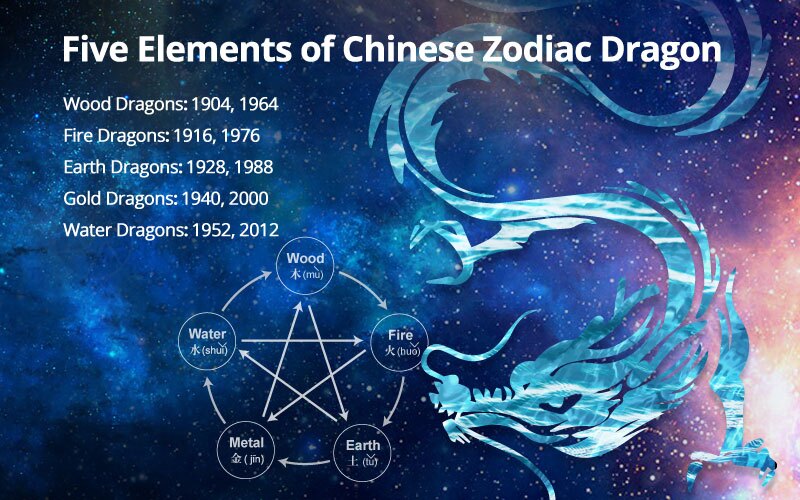
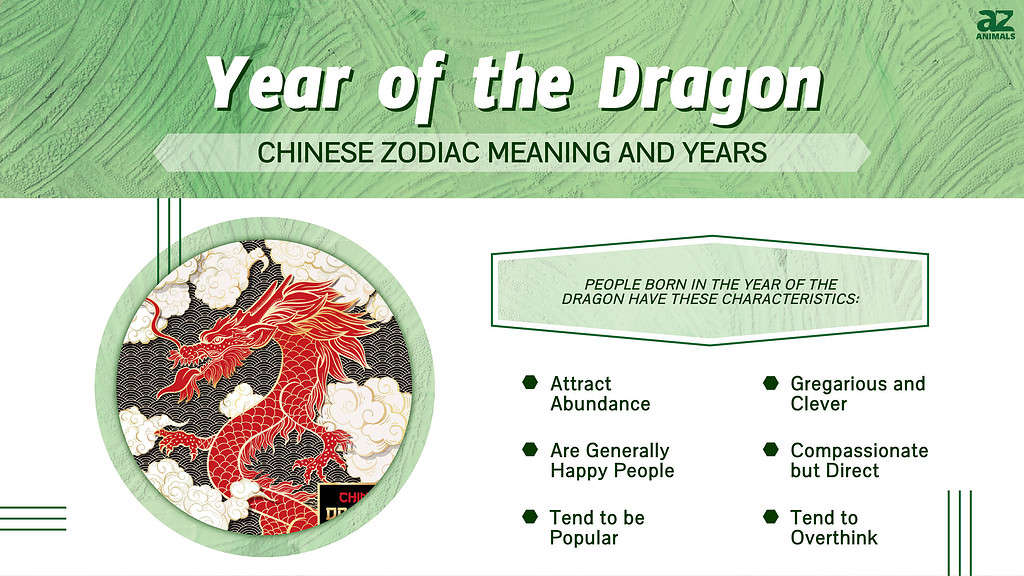
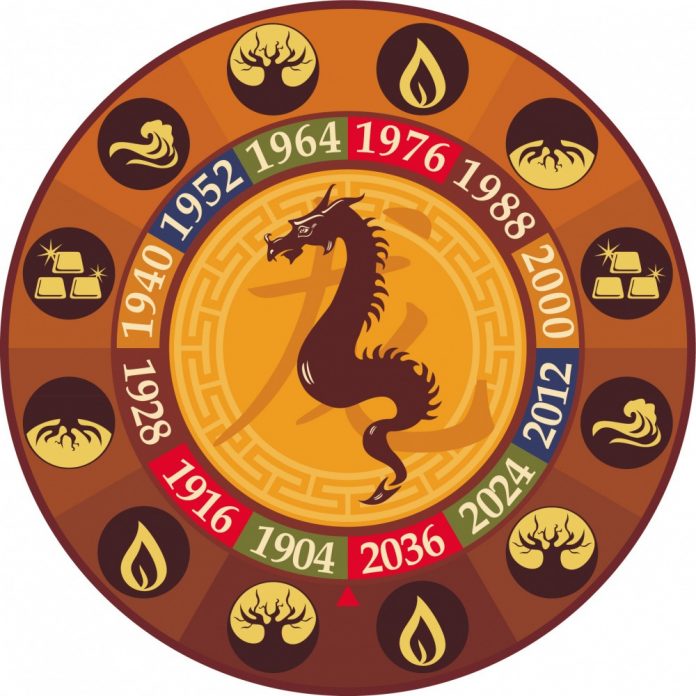
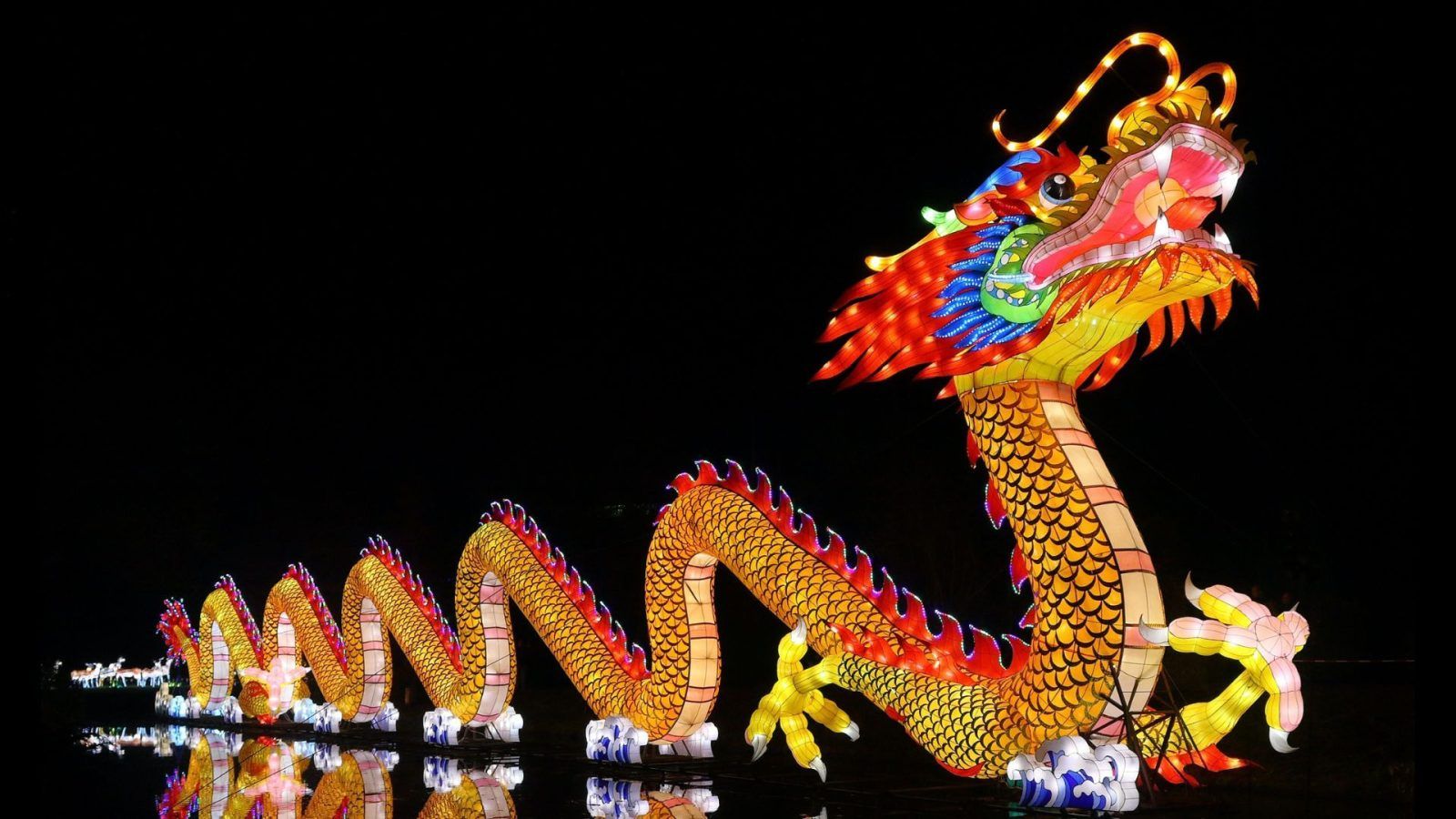
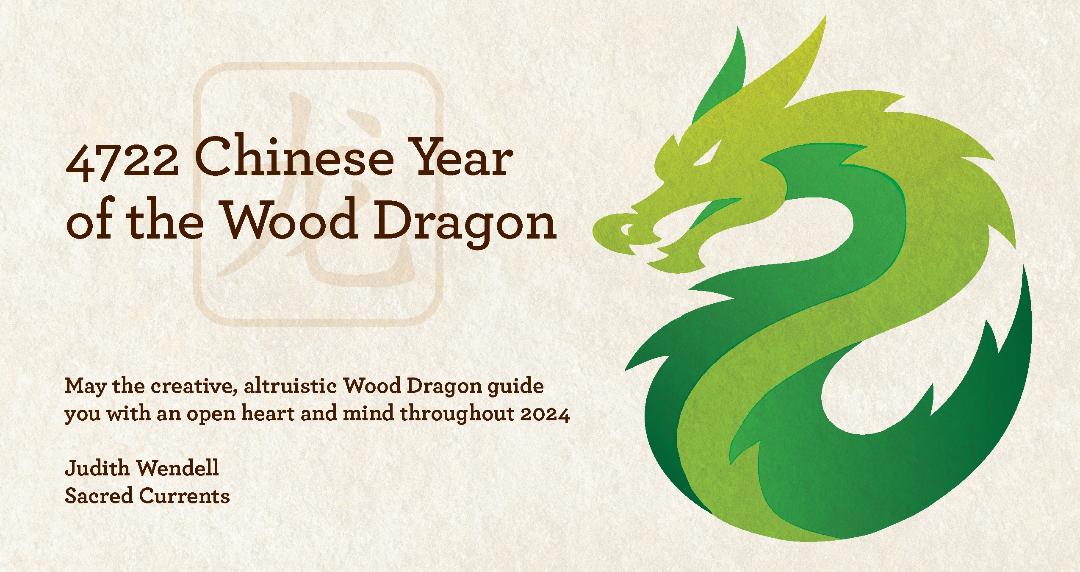


Closure
Thus, we hope this article has provided valuable insights into The Year of the Wood Dragon: A Comprehensive Guide to Chinese New Year 2025. We appreciate your attention to our article. See you in our next article!